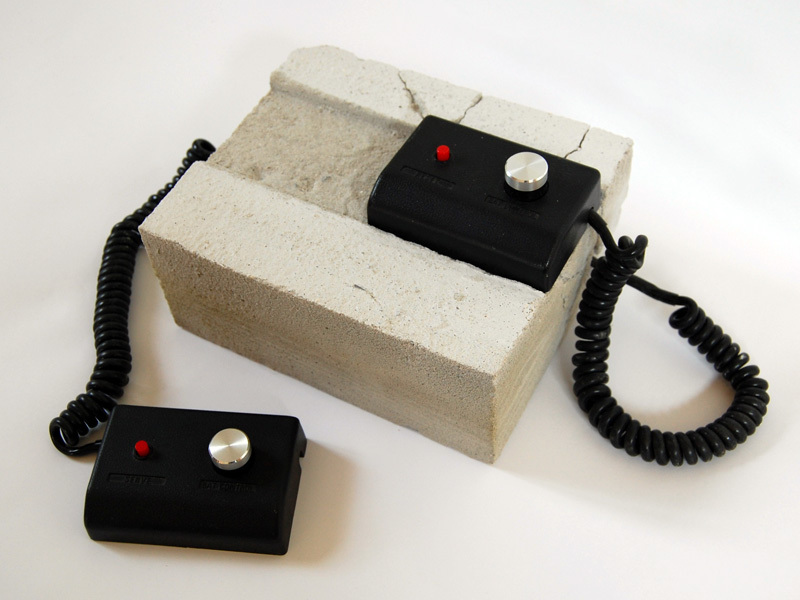I like simple; extra features are just there to make the electronics look more expensive. The Pong console offers all kinds of unnecessary features like “single play,” small bat size (making it virtually impossible to play the game) and 20-degree-angle ball bouncing, turning the game into the dullest thing on TV ever. The great thing of simplifying complicated stuff is that it forces you to make decisions; what do you really want? In my case, I like “Football” (or “Hockey” on other Pong consoles), normal-speed ball, 40 degrees ball angle, normal-sized bats.
